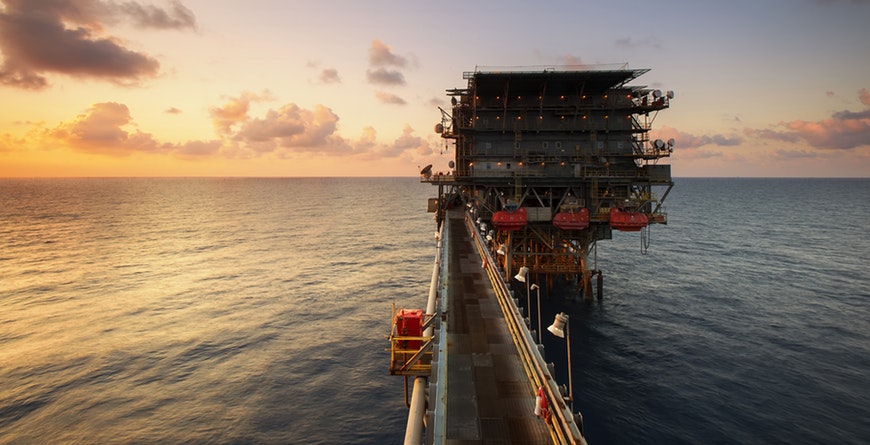
How Automation Helps Oil and Gas Industry?
SCADA (supervisory control and data acquisition) simplify complex processes in oil and gas industries. Geographically dispersed industries like oil and gas pipelines, water distribution and wastewater collection systems, electrical power grids, and railway transportation systems can rely on SCADA to a greater level.
The oil and chemical industries need to face a lot of hazards during their operation; SCADA gives a greater relief to this problem. Let’s see how SCADA and automation revolutionize the industrial world.
In the petroleum industry use of automation is mainly in the midstream and downstream of industry, Oil, and Gas (Petroleum) industry usually divided into three streams Upstream, Midstream, and Downstream.
The upstream sector includes searching for the recovery and production of crude oil and natural gas. Midstream involves transportation storage and marketing of crude oil and the downstream refers to the refining of the crude oil, midstream operations are also usually included in the downstream.
In the both downstream and midstream, the merits of automation are used. In the midstream process the transportation including pipeline, rail, barge, an oil tanker. In the above scenario, the parameters like pressure temperature and rate of flow should be controlled in these cases the manual controlling made more complication like lesser accuracy increase in labor cost and time.
The combustible products like petroleum can’t compromise in the above-mentioned parameters. A normal operating pressure of the petroleum pipes are 1500psi the pressure transducers are controlled by PLC/DCS reduces the pressure to avoid the possibility of a liquid spill.
The operational temperature also monitored and controlled by the PLC and SCADA in the same way. PLC can act as quickly as possible when these parameters go beyond its permeable values, SCADA operators can monitor the real-time trends as well as the history of a center.



